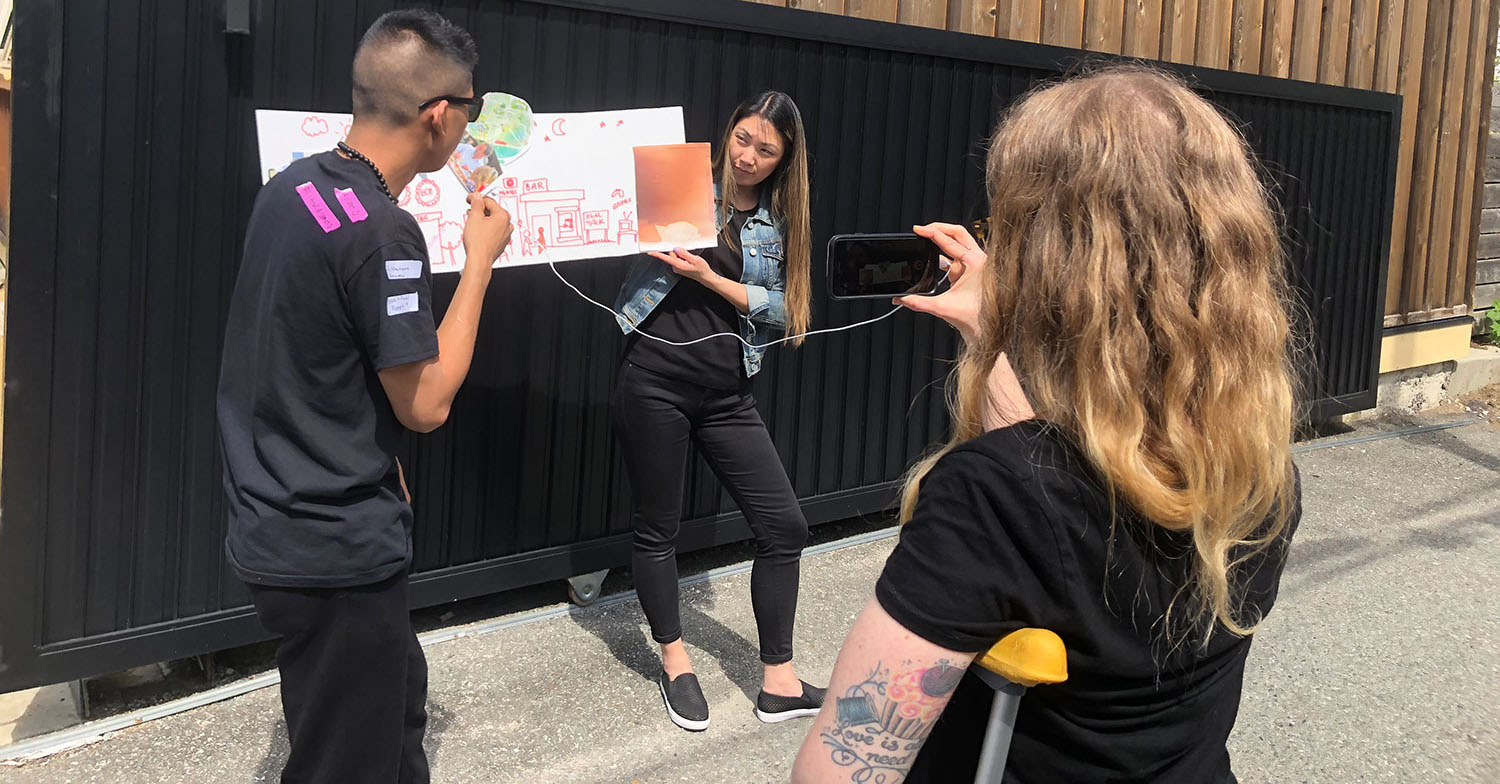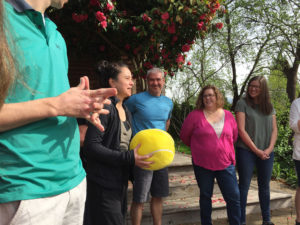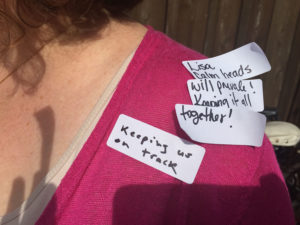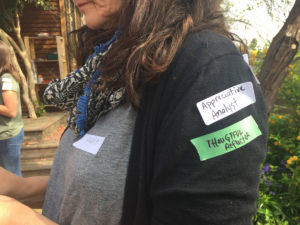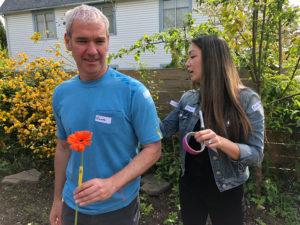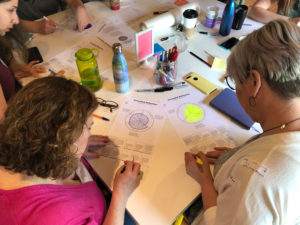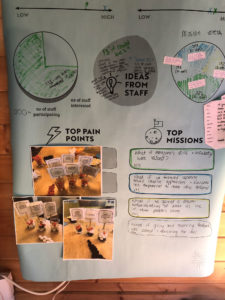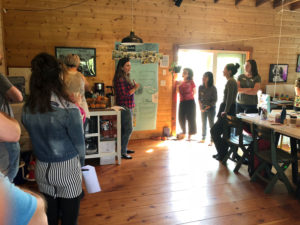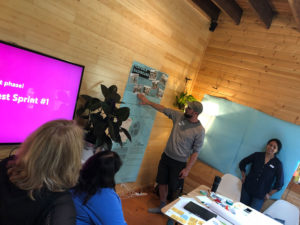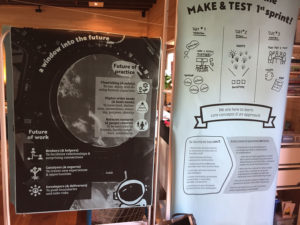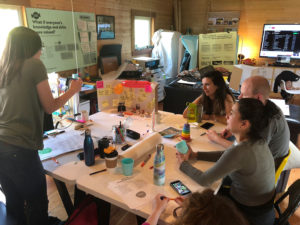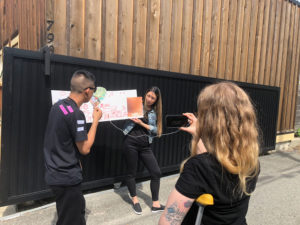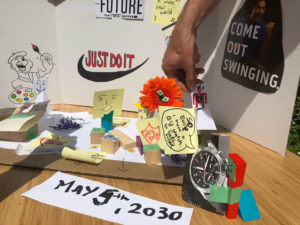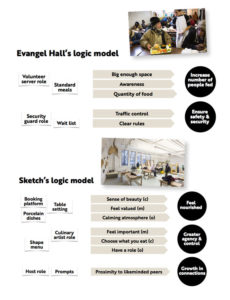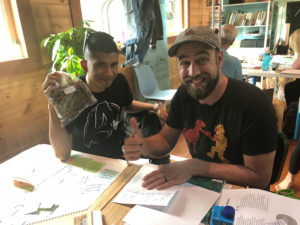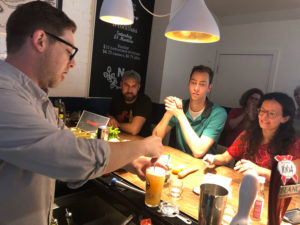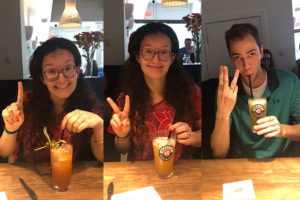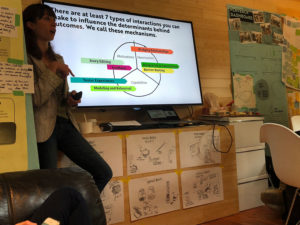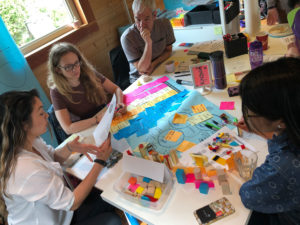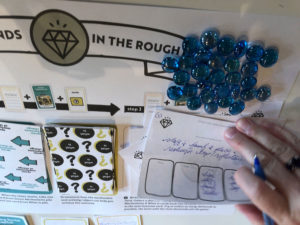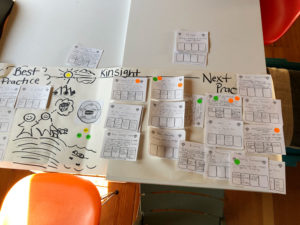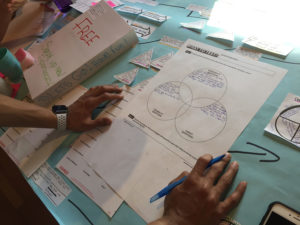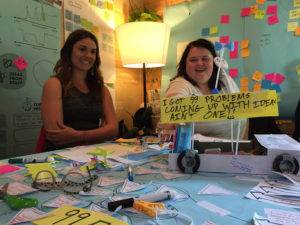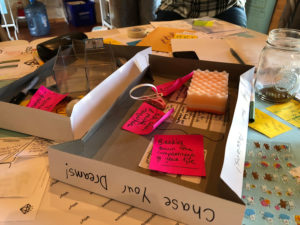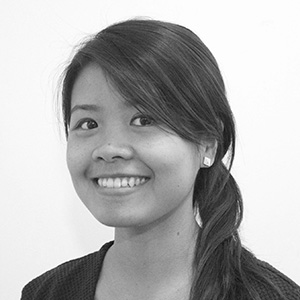Categories
That’s how we found 26 designers, social scientists, culture curators, and embedded researchers crammed into the shed with us, throwing balls, doing improv, eating dried fish from the Russian grocery store, prototyping cocktails, and drawing logic models. Our intent? To build capacity for coming up with next practices to get to a brave new world of flourishing & trampolining.
Well done teams!
We started the morning by acknowledging our journey so far. Over the past month, three agency crews planned, designed and ran playback events with frontline staff, sharing insights from their research and early ideas to address pain points. Crews put so much time, talent and energy into their work, and really owned the results. We took turns to shout out moments of pride and make badges for each other.
Analyzing playbacks: what did we learn?
Using Susan Michie’s behaviour change framework, we reflected on changes we’ve witnessed in ourselves. Have our own motivations, capabilities and opportunities to try new things shifted over time? Have we seen evidence of the outcomes Grounded Space is after, i.e. agency crews have opportunity to look at their own work practices in fresh ways, ask critical questions, do research, and generate opportunities? If yes, how? If not, why?
Next, we analyzed and visualized the playback events on a dashboard. Collectively, we shared research findings with 300+ staff and generated 150+ new ideas. We shared what we tried in our playbacks and what worked well and what we would iterate next. This was when we really saw the value in a cohort model for Grounded Space. Teams from each agency were able to share their different approaches and reactions.
Each team then chose the top three pain points and opportunity areas (what we called missions) to bring into the Make & Test phase, based on the feedback they heard from staff and end users during their playbacks.
A window into the future, a whole new world
We regrouped to talk intents and purposes. Grounded Space focuses on disruptive innovation. That means, we’re building experimentation capacity to help us move to a brave new world. That is a world where …
- People are not just safe, but also flourishing.
- Where people’s basic (food, shelter, clothing) and higher (love, meaning, purpose, identity) needs are both met.
- Where social services aren’t just providers of care, but brokers to surprising connections, creators of new experiences, and developers of new interventions that grow with people.
We spent the afternoon bringing these principles down to earth. We asked teams to make a diorama of what the world looks like on May 5th, 2030 when this vision is reality .Who will be there? How they interact with each other? What sorts of conversation happen in this world?
Designing interactions, testing and iterating
Next, we zoomed into the details. How could we build team capacity to see interactions as the core element of design – not activities or programs? A solution is made-up of a set of interactions. An interaction consists of four elements: roles, props, scripts, and settings. The four elements are very important in designing for impact. To understand this better, we compared two meal services in Toronto with fundamentally different interactions and fundamentally different outcomes. Where the traditional soup kitchen (waiting in line, being served food on plastic plates, sitting wherever there is an available seat, etc.) led to outcomes around volume and risk minimization, the a-traditional meal service (booking a table, eating with porcelain dishes, choosing your food, shaping the menu, etc) contributed to outcomes around nourishment and human agency.
To practice seeing the world in terms of interactions, we sent pairs out into the community to storyboard their first engagement with every day services. One team went to a laundromat, another went to a hair salon, another to an organic dog treat store. Peter from PosAbilities paired up with Julian from Kinsight. Together, they stumbled upon a quirky Russian grocery store (a setting), and met the store owner (a role) who talked them out of buying his products because of their Canadian heritage (a script). They ended up buying a rather foreign-looking bag of dried fish (props) worth $10. We brought the fish to the next learning moment, where teams collaborated with Luke, our brash mixologist, to prototype cocktail drinks for their peers and iterate based on feedback. Third time was the charm.
Working backwards: how to design ideas for outcomes with determinants and mechanisms - PART 1
Friday morning, we hit the most meaty and brain-wrecking part of the sprint: how to design backwards from outcomes to interactions? Most social services are familiar with program logic models: how activities might bring about the results they hope to see for the people they serve. But what’s often missing are the mechanisms and determinants that link activities to outcomes, the “black box” in the middle.
So we did a first round of linking our ideas to outcomes (in case you’ve missed it, we wrote a whole paper about it, and it’s available to download for free!) Then, we played a generative game called “Diamonds in the Rough” to expand on our ideas. Teams competed (some more than others!) to come up with as many ideas as possible within a time limit using a combination of outcomes + determinants + products/ services.
We put ideas on a spectrum from best to next practices and had the team vote on the ideas that they’d like to bring forward to the “Make & Test” stage.
Working backwards: how to design ideas for outcomes with determinants and mechanisms - PART 2
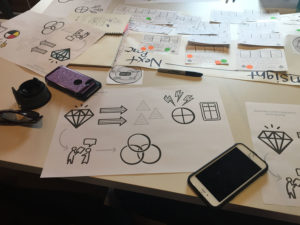
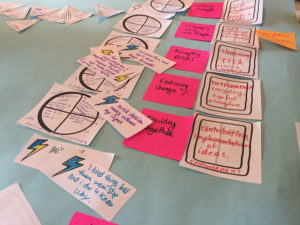
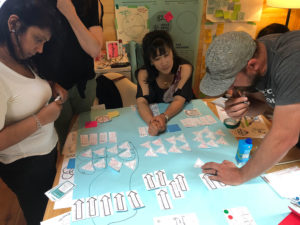
When the dust finally settled, we took an honest look at the the quality of the ideas that had emerged. Oh the limitation of tools and processes! We think idea generation is one part intentionality, one part whimsy, and one part chance. We’re very curious to know what it takes to come up with visionary ideas that totally change the game (think: Steve Jobs’ iPhone or Dr. Bill Thomas’ Green House). So we threw around some inspiration and continued to tweak, edit, take out, group, tear, burn, blurt out, and wild guess ideas.
Then we took another stab to connect ideas to mechanisms to determinants to outcomes, back and forth, using sentences like: “If we do this… it will then lead to… which address this pain point… which leads to… that will give us a glimpse of….” Hashtag: braingym.
What do prototypes prototype? Why?
At this point, all three teams were at different stages with their ideas. Some felt comfortable with moving forward; others not so much. For the sake of learning, we moved to teaching how to package & frame an idea. Using an improv game called “That’s Right” crews pitched their ideas in an infomercial style. Then, they rapidly mocked up their ideas using props. We find giving ideas a material shape and form is the first step to prototyping. That’s when we introduced a framework on prototyping. What do we prototype and why? What questions are we trying to answer? Where do we start?
Using three hoola hoops, we described prototyping as jumping through three hoops:
1. Desirability (do people find the idea attractive?)
2. Feasibility (can we run this idea?)
3. Impact (does this idea achieve the change we want?)
Truly innovative ideas sit at the nexus of these three criteria.
What's next?
Over the coming weeks, each crew will continue to generate ideas, frame those ideas, build logic models, and develop prototyping plans with clear feasibility, impact, and desirability questions. All along the way, our InWithForward design & social science coaches will be helping crews bring alive their ideas and answer their research questions. Stay tuned!
